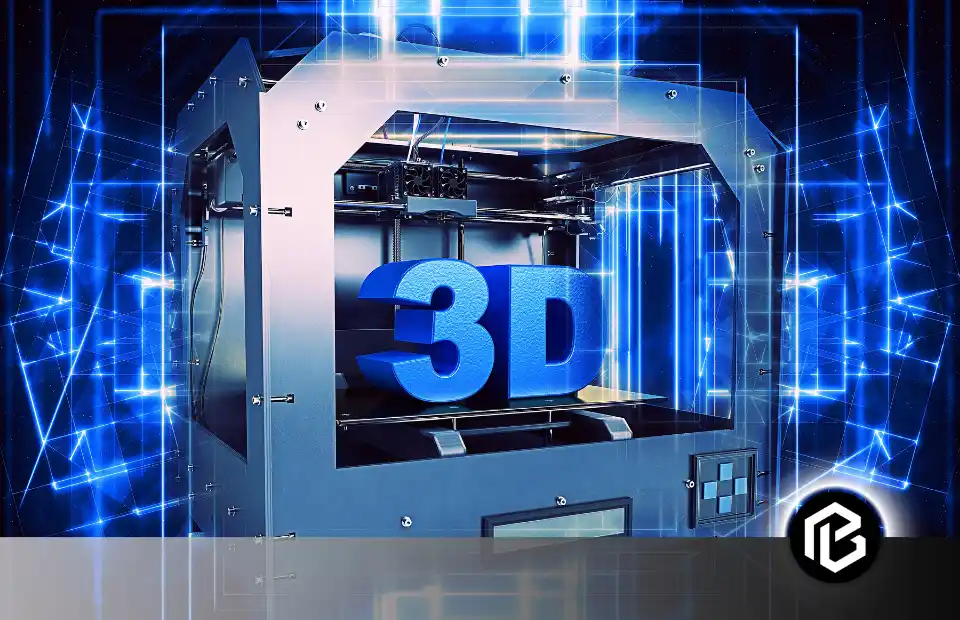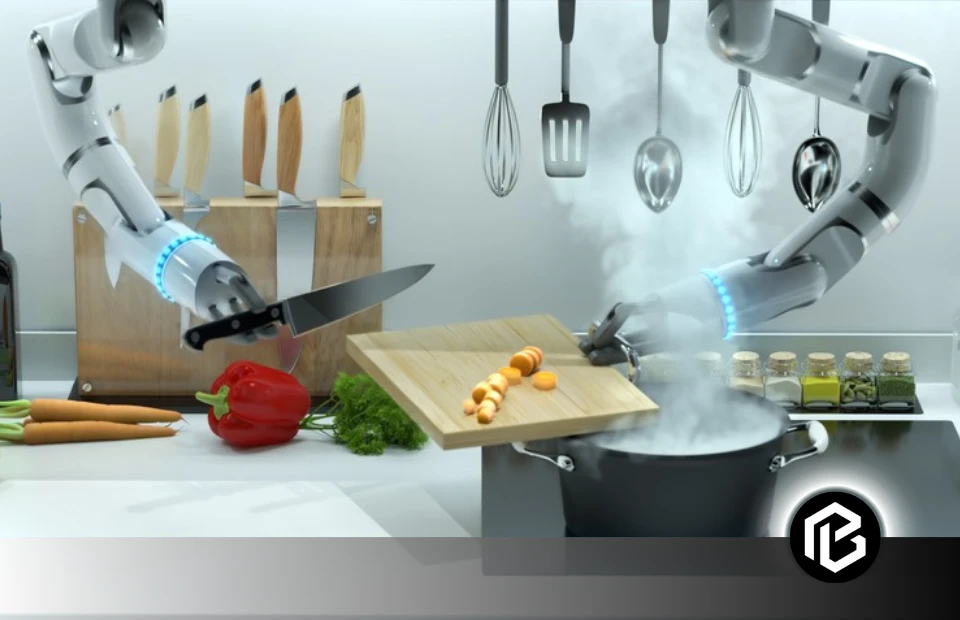In computer vision, object detection identifies and locates objects in images and videos. Object detection technology may sound like a pinnacle in artificial intelligence, but it co-exists with us in our lives. Hiding in plain sight, we often fail to notice simple applications of object detection around us.
Have you ever wondered how a face unlock works on your smartphone or how a self-driving car operates on its own?
The answer is object detection.
What is Object Detection Technology?
Technically object detection is a technology that includes computer vision and image processing. Used to detect objects in images or videos. Sounds interesting?
Let’s break it down for you using a simple example. Self-driving cars make use of moving object detection technology where computer vision and image processing are used to determine the distance between the car and the moving objects to create alerts and guide the self-driving cars. Different Car gadgets are used to improve the driver experience.
What is the Technology Behind it?
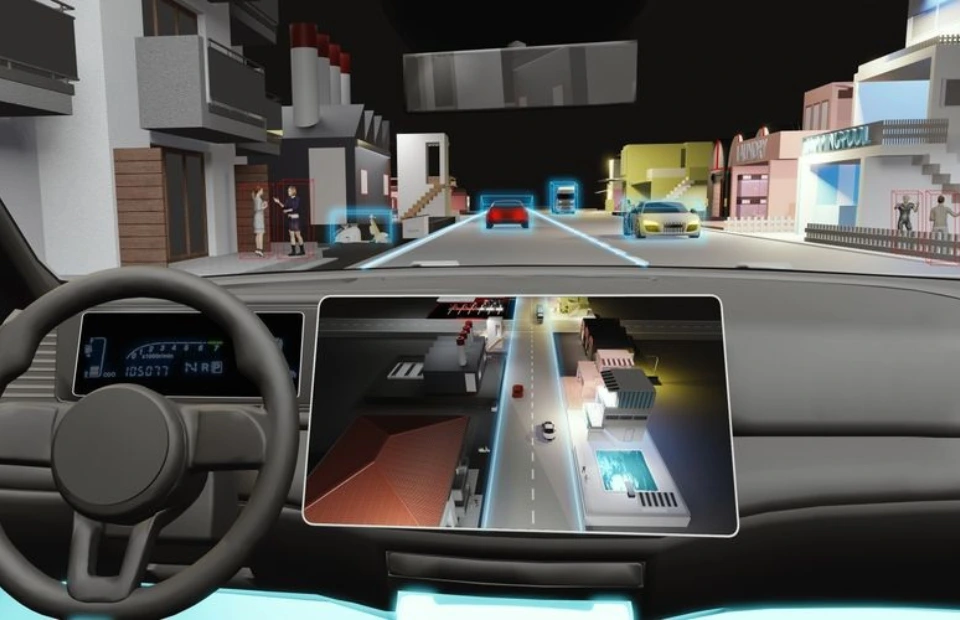
Well, artificial intelligence is the basic principle that drives object detection. The idea is simple. The data is collected through computer vision. The data is then fed into the model using machine learning algorithms or deep learning algorithms, inclusions are made, and the camera collects the image from different angles and sends it to the image processing unit.
Now, based on the training data used to train the model and the trained model, the results are given to the system in the form of alerts or instructional guidelines, like how far the object is. If the object is moving or if the object has stopped.
Top 5 Object Detection Technology Algorithms in Machine Learning
Object detection is one of the problems in computer vision.
1. R-CNN
R-CNN stands for Region-based Convolutional Neural Networks. R-CNN uses the Selective Search method to extract ROI (regions of interest) from the input image.
Regions Of Interest is a rectangle that represents the boundary of an object in the image. There may be many Regions Of Interest in an Image.
Each ROI is passed to a neural network to produce output features. A collection of support-vector machine classifiers is used to determine what type of object is present in the ROI.

So, in R-CNN, the first part is selective search. What that means is to find something from an image. Our job is to get bounding boxes from an input image.
We will find similarities in those pixels in the image based on various factors like similar colors, light, and texture. Nearby pixels are similar in color or texture or like that.
So, that’s how R-CNN works. Here is the full diagram for our CNN input image.

From the selective source, we got the bounding boxes. Then, these are cropped and passed into a CNN network to predict the class and it predicts bounding boxes. Since these bounding boxes are not accurate… It’s not accurate because it is got from selective search and it is going to predict the original bounding box, I mean better bounding box from the network, CNN network.
There are a lot of drawbacks on the R-CNN:
The original image was a rectangle and the CNN network takes a fixed-size
The CNN network has to pass these images multiple times.
2. Fast R-CNN
What it does is, the entire image is passed into the deep convolutional network or simply the CNN network. The image is passed into CNN to get a fissure map. Whatever output, we call it a fissure map. The bounding box is projected on the feature map just the way it is on the input image that way It is projected on the feature map. It is called ROI projection, which means a region of interest projection.
And that’s what it is. It will take these values by the ROI pooling layer and then it will make it fixed size. Since the fully connected layer doesn’t work in different sizes, the ROI pooling layer is used to make the ROI projection into a fixed size. Then fully connected network will classify this into objects, what kind of object it is, and also will predict an accurate bounding box.
Since this bounding box was predicted by selective search only. So, that’s it for fast R CNN.
3. Faster R-CNN
And let’s see what happens on faster R-CNN. So, it is also the same with the fast R CNN, it has an input image, it passes into the convolutional layer at once, and it has a feature map, just like the fast R-CNN. However, the projection on the feature map was from a selective search in the case of fast R-CNN.
But, here, It is not from Selective Search, it is from RPN or Region Proposal Network. It is much, much faster than the other versions of R-CNN.
RPN
So, what exactly RPN is? The feature map is generated from the input image by the Convolutional Network. This fissure map is passed into a convolutional network to predict objectness classification and bounding box.
It predicts the bounding box on the fissure map and also predicts whether the object is present or not. It is not classification, it will not classify what object is in there, it is just going to classify whether this bounding box contains an object or not. So that’s all. So this way, it gives these, bounding boxes.
4. Mask R-CNN
R-CNN focuses on object detection, but Mask R-CNN also adds instance segmentation features. Mask R-CNN also replaces the ROI Pooling method with a new method called ROI Align.
ROI Align can represent fractions of a pixel.
5. Spatial Pyramid Pooling
The convolutional neural networks require fixed-size input images. However, the new network structure, called Spatial Pyramid Pooling, can generate a fixed-length representation regardless of input image size. Therefore SPP-net is faster than R-CNN algorithms giving comparable accuracy.
Applications Of Object Detection Technology Across Industries
Retail and Inventory Management
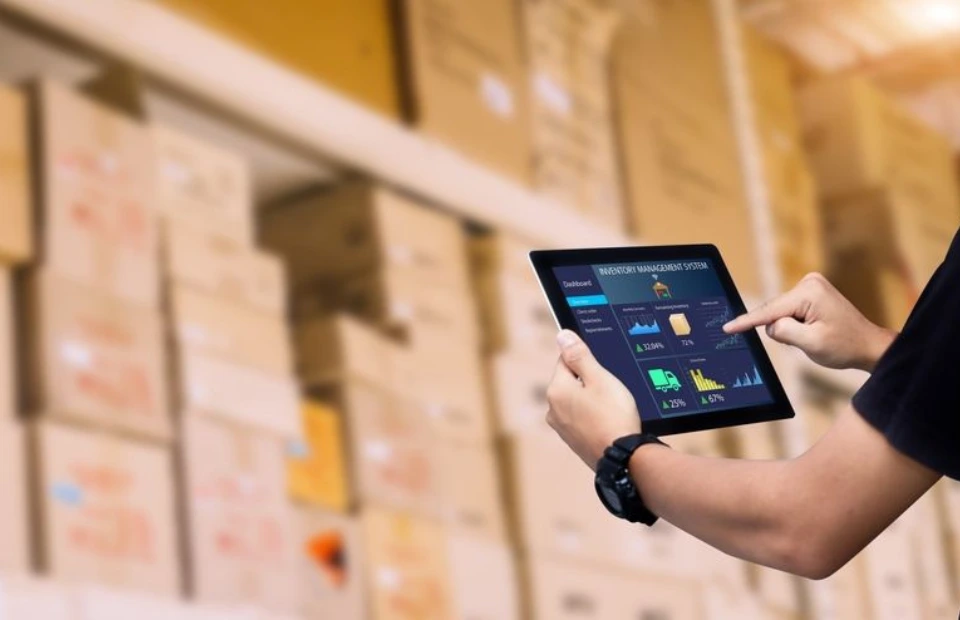
Enhanced Customer Experience
Object detection has many applications in retail and inventory management that enhance customer experience. It enables smart shelves that automatically update product information and prices. This feature provides a seamless and interactive shopping experience for customers.
The amazing thing is that it can give you automatic recommendations. By analyzing customer behavior, object detection helps retailers suggest personalized product recommendations, enhancing the overall shopping experience.
Efficient Inventory Tracking
Object detection technology ensures accurate real-time tracking of inventory levels, minimizing stockouts and overstock situations.
Systems can automatically trigger reordering processes based on inventory data, optimizing supply chain management.
Healthcare and Medical Imaging
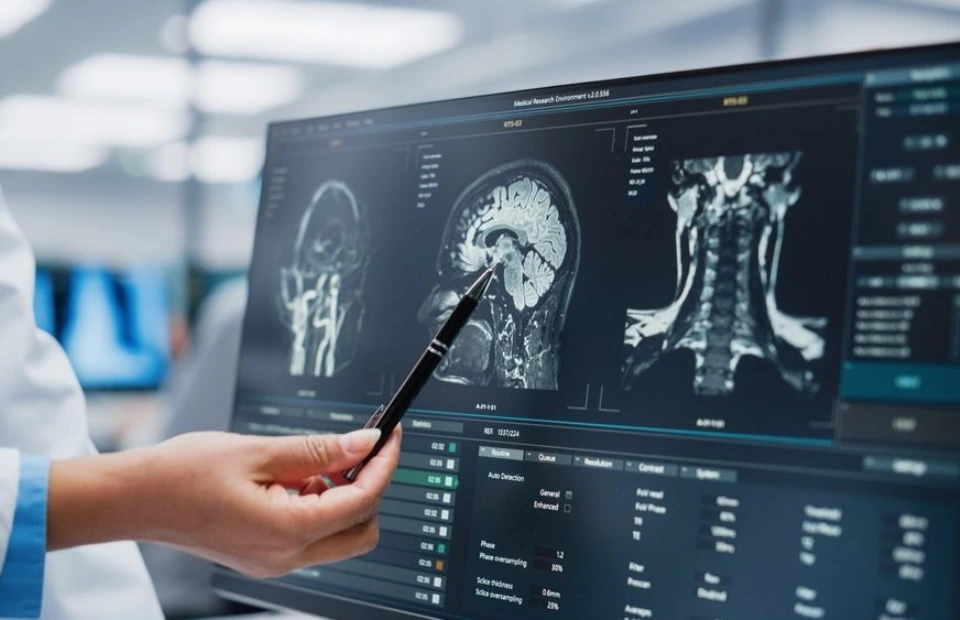
Advancements in Disease Diagnosis
Object detection aids in the early identification of abnormalities in medical images, leading to timely diagnosis and treatment.
In the development of personalized treatment plans, object detection analyzes large amounts of medical data.
Patient Monitoring Solutions
Object detection facilitates the creation of non-intrusive monitoring systems, enhancing patient comfort while ensuring continuous health monitoring.
In healthcare facilities and homes, object detection helps detect falls and emergencies, triggering immediate response mechanisms.
Automotive and Autonomous Vehicles
Ensuring Safety and Navigation
Object detection plays a crucial role in preventing collisions by identifying obstacles and pedestrians in real-time.
Vehicles equipped with object detection adjust their speed based on the distance to surrounding vehicles, ensuring safe and efficient travel.
Impact on the Future of Transportation
Object detection is the basic principle for the development of self-driving cars, paving the way for a revolution in transportation.
By analyzing traffic patterns, object detection contributes to intelligent traffic management, reducing congestion and improving overall road safety.
Surveillance and Security
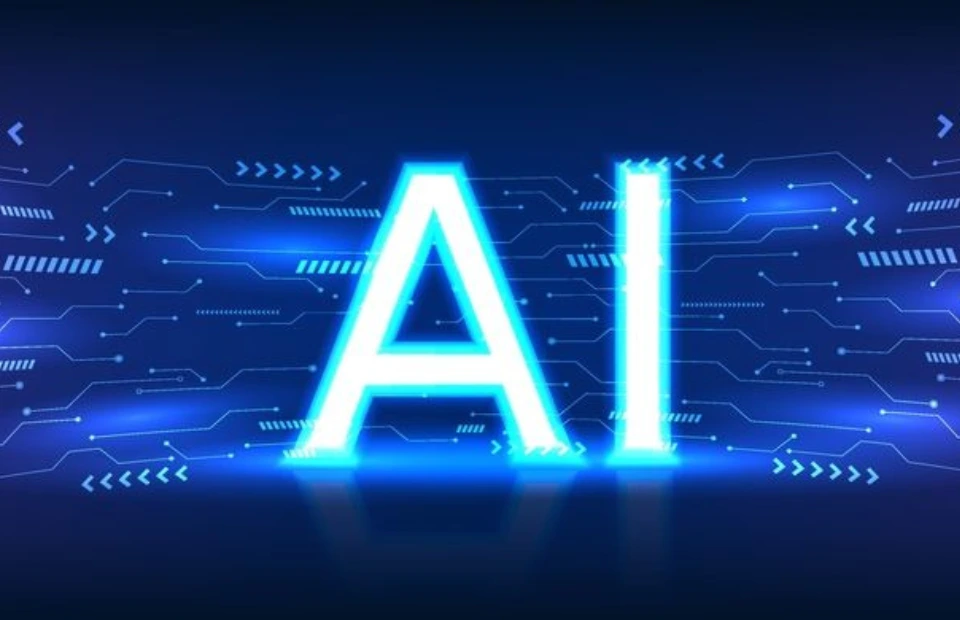
Role in Modern Security Systems
Object detection enhances security systems by identifying and alerting authorities to unauthorized individuals or suspicious activities.
Surveillance systems equipped with object detection technology contribute to advanced facial recognition, aiding in the identification of persons of interest.
Contributions to Public Safety
In public spaces, object detection helps monitor crowd movements, ensuring public safety during events and emergencies.
Object detection technology assists in the rapid deployment of emergency services by providing real-time information on potential threats or incidents.
Agriculture and Precision Farming
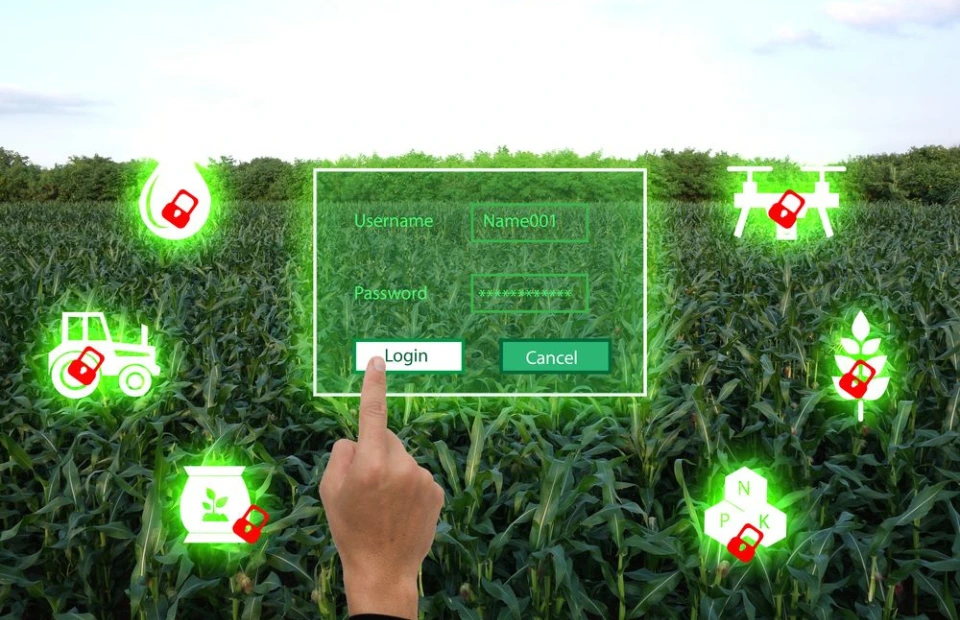
Crop Monitoring and Pest Detection
Object detection technology enables farmers to monitor crop health, optimize irrigation, and apply targeted treatments, leading to increased yields.
Early detection of pests using object detection technology helps farmers implement timely pest control measures, minimizing crop damage.
Increasing Efficiency in Agriculture Practices
Object detection technology is utilized in autonomous farming machinery, improving efficiency and reducing the need for manual labor.
By analyzing data from object detection systems, farmers can make informed decisions, enhancing overall agricultural productivity.
Conclusion
Object detection technology has also been paving a glorious path for the surveillance industry traffic tracking systems activity recognition, and even sentiment analysis through object detection technology are all possible. Now surveillance has picked up a lot of paces with object detection with increasing efficiency and object detection technology. It will be on the rise and it will eventually create a lot of job opportunities in the coming years as well. We hope this piece of information has illuminated your knowledge about object detection technology.
Frequently Asked Questions on Object Detection Technology
How does object detection technology work?
Object detection technology works by analyzing visual data using algorithms to identify and classify objects based on their characteristics, such as shape, color, texture, and context within the image.
What are the main applications of object detection technology?
Object detection technology has applications across various industries, including autonomous vehicles, surveillance and security, retail analytics, medical imaging, industrial automation, and agricultural monitoring.
How is object detection technology transforming autonomous vehicles?
Object detection technology is a crucial component of autonomous vehicles, enabling them to detect and recognize pedestrians, vehicles, road signs, and other obstacles in their environment to navigate safely and make informed decisions.
How is object detection technology utilized in industrial automation and agricultural monitoring?
In industrial automation, object detection technology is used to identify and sort products on assembly lines, detect defects in manufactured goods, and ensure workplace safety. In agricultural monitoring, it helps identify crop health, monitor livestock, and optimize farming practices for increased productivity and sustainability.




